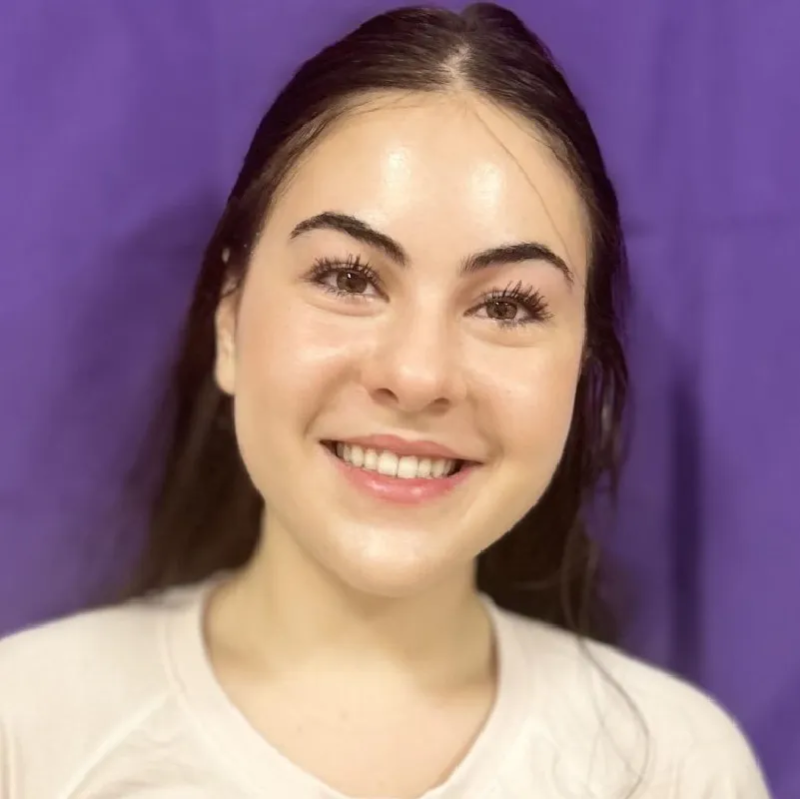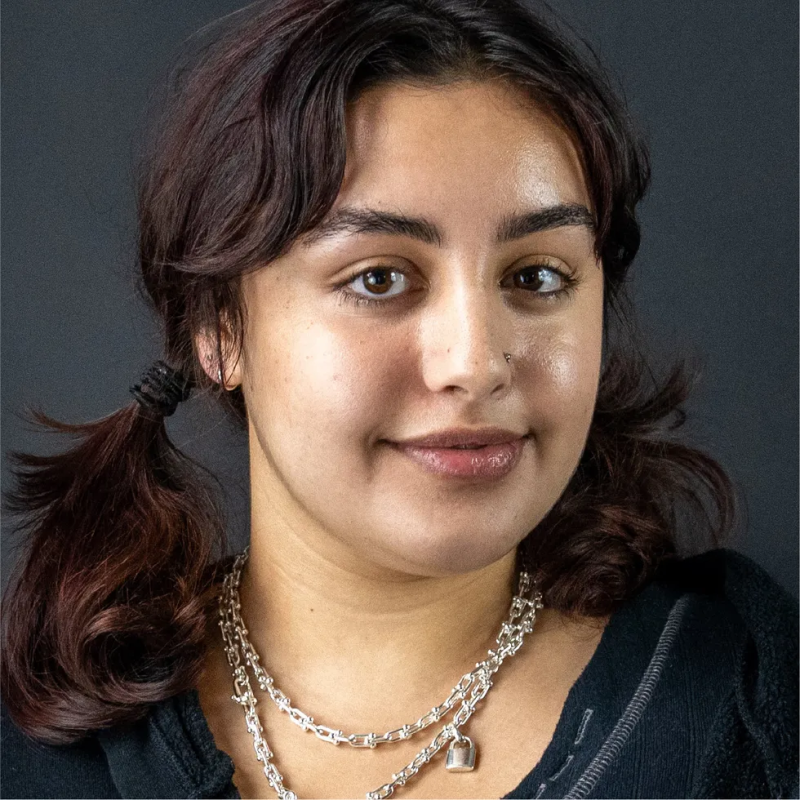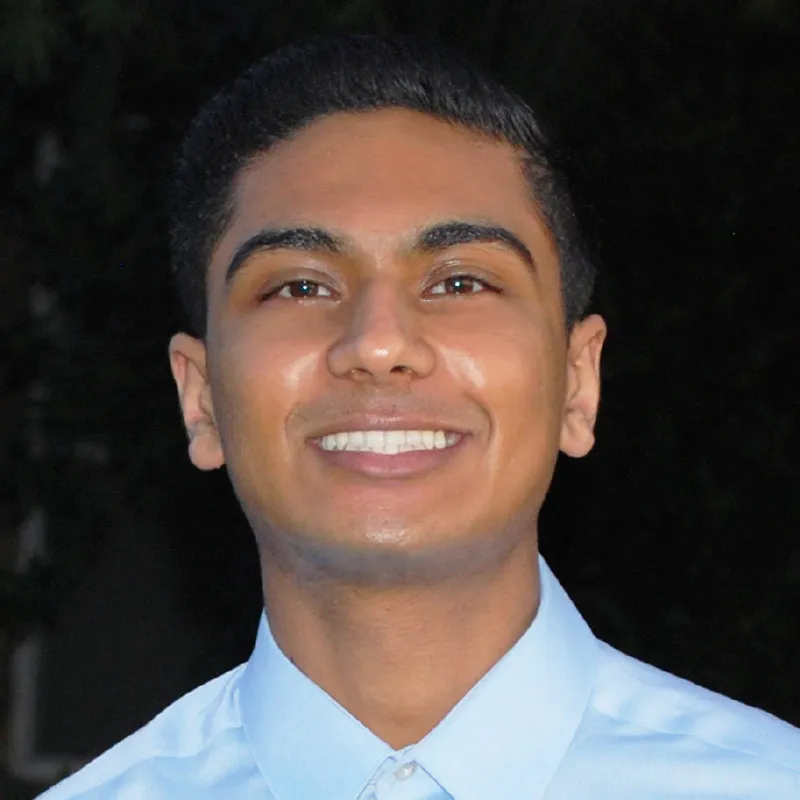A digital book ban? High schoolers describe dangers, frustrations of censored web access
This article was copublished with The Markup, a nonprofit, investigative newsroom that challenges technology to serve the public good.
There’s a common complaint among high school students across the country, and it has nothing to do with curfews or allowances: Internet filters are preventing them from doing online research at school. Records obtained by The Markup from districts across the country show just how broadly schools block content, forcing students to jump through hoops to complete assignments and even keeping them from resources that could support their health and safety.
School districts must block obscene or harmful images to qualify for federally-subsidized internet access under the Children’s Internet Protection Act, passed by Congress nearly 25 years ago. But the records, from 16 districts across 11 states, show they go much further. Schools are limiting not only what images students can see, but what words they can read.
Some of the censorship inhibits students’ ability to do basic research on sites like Wikipedia and Quora. Students have also been blocked from visiting websites that web-filtering software categorizes as “education,” “news,” or “informational.” But even more concerning for some students are blocks against sex education, abortion information, and resources for LGBTQ+ teens—including suicide prevention.
Investigation:Schools are censoring websites for suicide prevention, sex ed, and even NASA
Virtually all school districts buy web filters from companies that sort the internet into categories. Districts decide which categories to block, sometimes allowing certain websites on a case-by-case basis.
The records show that such filters do sometimes keep students from seeing pornographic images, but far more often they prevent them from playing online games, browsing social media, and using the internet for legitimate academic work. Records show that filters in the 16 districts collectively logged over 1.9 billion blocks in just a month. This includes blocks that students wouldn’t necessarily notice, such as parts of a page, like an ad or an image.
Students told The Markup their schools block so many websites they have trouble doing their homework. Beyond that, some of them described problems accessing resources related to pregnancy and sexual and gender identity.
In their own words, here’s what high schoolers—in California, Michigan, and Texas—have dealt with.
Abortion care in Texas
While Texas student Maya Perez was conducting a Google search about abortion access for a presentation, she found many results were blocked.

Searching for a workaround
Michigan student Sana Schaden uses her cell phone’s hotspot to avoid school web filters altogether.

Web filtering and remote learning
California student Ali Siddiqui noticed his district’s web filter seemed to get more aggressive when he was engaged in remote learning during the early stages of the pandemic.

A petition to unblock LGBTQ+ resources
While researching news sites for a digital arts class, Texas student Cameron Samuels ran into a block on “The Advocate,” an LGBTQ+ news source.
Samuels later tried to access a range of sites that offer resources for LGBTQ+ people. All were blocked.

During senior year of high school, Samuels petitioned the district administration and then the school board to unblock these sites—and won. They are now accessible to high schoolers in the district.
This article was copublished with The Markup, a nonprofit, investigative newsroom that challenges technology to serve the public good. Sign up for its newsletters here.
Disclaimer: The copyright of this article belongs to the original author. Reposting this article is solely for the purpose of information dissemination and does not constitute any investment advice. If there is any infringement, please contact us immediately. We will make corrections or deletions as necessary. Thank you.



